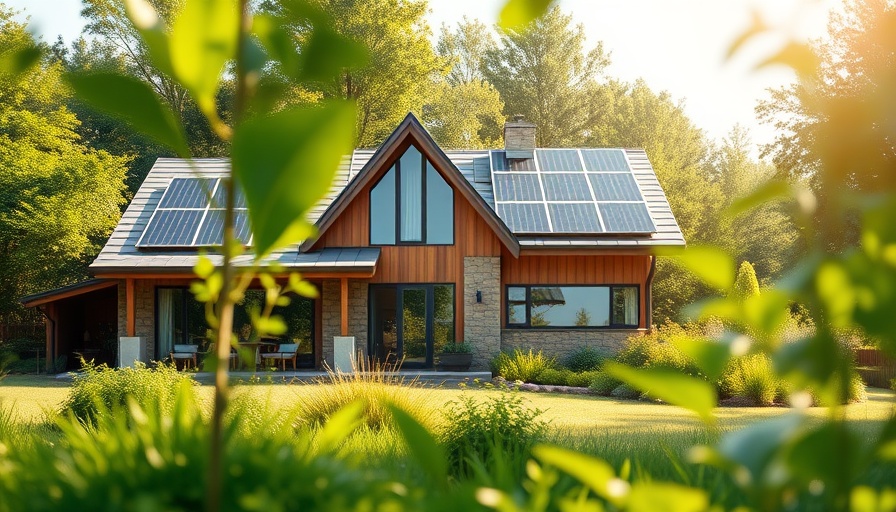
Understanding the Global Digital Divide
In today's connected world, the internet is vital for economic, educational, and social success. Yet, a staggering 2.6 billion people remain completely offline, intensifying the digital divide that separates nations and communities. This exclusion is not just a statistic; it represents lost opportunities, diminished potential, and increasing inequality. As the head of the Digital Cooperation Organization (DCO), Deemah AlYahya emphasizes the urgency of bridging this gap, proclaiming: 'Global digital transformation won’t be truly transformative unless it’s inclusive.'
Why Digital Inclusion Is Crucial
Digital inclusion is foundational for any society striving for equitable growth. To foster a resilient digital economy, barriers must be dismantled, particularly for women, youth, and marginalized communities. Initiatives like WE-Elevate are specifically tailored to empower women-led businesses in emerging markets such as Rwanda, Gambia, and Nigeria. By providing digital skills training and e-commerce platforms with integrated logistics, these programs aim not only to connect but to help individuals thrive in the digital marketplace.
The Challenge of Varied Progress
Despite the progress being made, the disparity in digital readiness among countries presents a significant challenge. High-income countries benefit from robust digital infrastructure and governance, while low-income countries struggle to establish basic connections. AlYahya notes the importance of sustained dialogue and trust-building across nations as a prerequisite to finding common ground for collaboration.
Envisioning a Sustainable Digital Future
Looking ahead, the DCO has ambitious plans for 2030. The integration of AI and automation is expected to revolutionize businesses worldwide, but this offers both opportunities and potential disruptions. The organization's long-term goal is to ensure that the benefits of digital advancement are shared equitably across all communities. Success metrics will not merely focus on technological uptake but will also assess whether individuals and communities are truly gaining from their online presence.
Local Efforts for Global Impact
As digital initiatives expand, local communities have a crucial role in shaping the global conversation around digital access. For instance, community gardens and local markets leveraging e-commerce not only provide economic opportunities but also foster social connections. This grassroots approach ensures sustainability while promoting ethical consumerism through local, organic products.
How the Digital Divide Affects Environmental Sustainability
The intersection of digital inclusion and sustainability cannot be overstated. Access to information and tools through digital platforms can significantly empower communities to adopt sustainable lifestyles. From promoting renewable energy solutions to enabling better waste management practices, an inclusive digital environment supports global efforts to combat issues like plastic pollution and climate change.
Conclusion: The Path Forward
Addressing the digital divide is not just about connecting people to the internet. It requires a comprehensive approach that prioritizes sustainability, social responsibility, and community empowerment. As readers, embracing sustainable living practices—be it through conscious consumption or supporting local green businesses—contributes to a more equitable future for everyone. Knowing this, consider how your day-to-day choices can impact the world around you and how you can get involved in supporting and demanding digital access in your own community.
 Add Row
Add Row  Add
Add 



Write A Comment